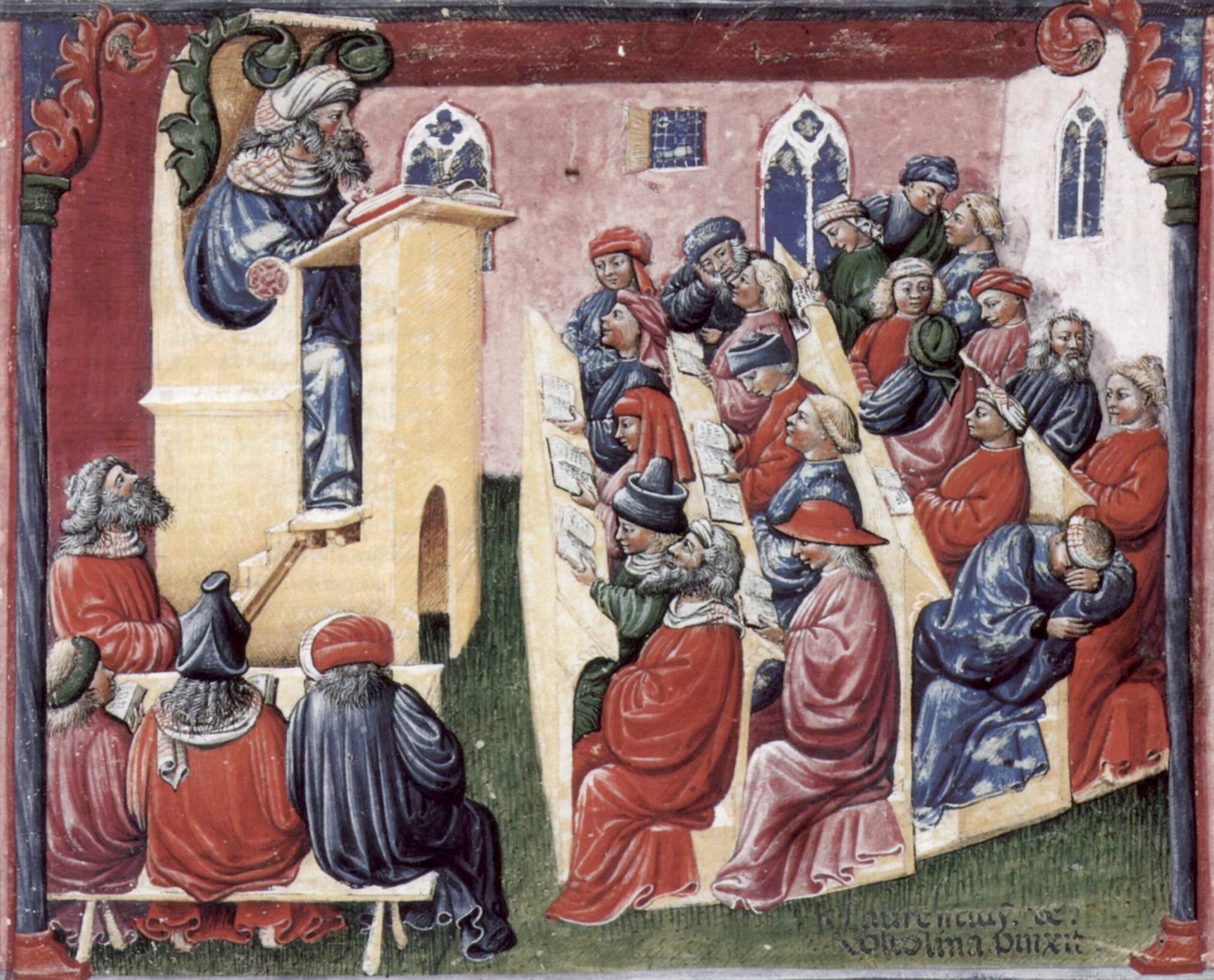May is such a lovely month in Oxford, with the blossom coming out everywhere. But many people remain convinced that it is purely subjective - that "beauty is in the eye of the beholder". The architect Christopher Alexander developed an empirical test that points in another direction. He calls it the "Mirror of the Self". Subjects who disagree when asked which of two objects are most “beautiful” will suddenly show a remarkable degree of agreement when asked instead, “Which of these two objects would you prefer to spend eternity with?” or “Which would you prefer to offer to God?” or "Which is the best picture of your whole self?" The reason is, surely, that the question causes us to give the object our full attention, so that we start to respond to it as a whole and with our entire selves. When forced to focus in this way, observers quickly come to agree on which object they prefer, on which is the more wholesome and nourishing to their humanity.
What Alexander has proposed is nothing less than an extension of scientific method in which the self is used as a measuring instrument. This escapes the Cartesian paradigm based on the elimination of the self of the observer. What it points towards is that “science of qualities” prophesied by Goethe, based on the accurate observation of inner feeling in relation to the parts of the world. It is complicated by the fact that in order to judge the objective value in things we have at the same time to refine (that is, educate) the instrument with which we measure, the faculty of discernment itself. His test is also a method by which to teach people to discriminate between what they have been taught (by fashion or ideology or habit) to like, and what truly moves, attracts, and inspires them at a deeper level. These are not always, or even usually, the same thing.
"Our apparent liking for fashions, post-modern images, and modernist shapes and fantasies is an aberration, a whimsical and temporary liking at best, which has no permanence and no lasting value. It is wholeness in the structure that we really like in the long run, and that establishes in us a deep sense of calmness and permanent connection."Christopher Alexander’s most influential book was A Pattern Language (1977), but the Mirror of the Self test can be found in The Phenomenon of Life, the first of a four-book series called The Nature of Order.
[Image: Garden in Shoreham, by Samuel Palmer, from Wikimedia Commons.]

















